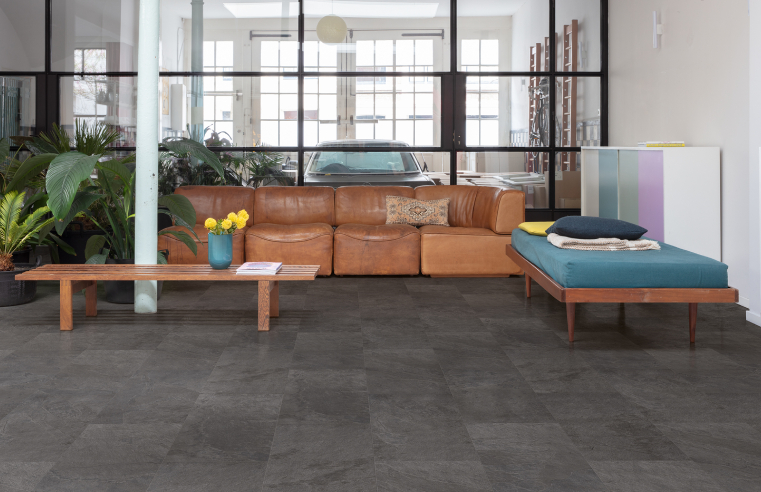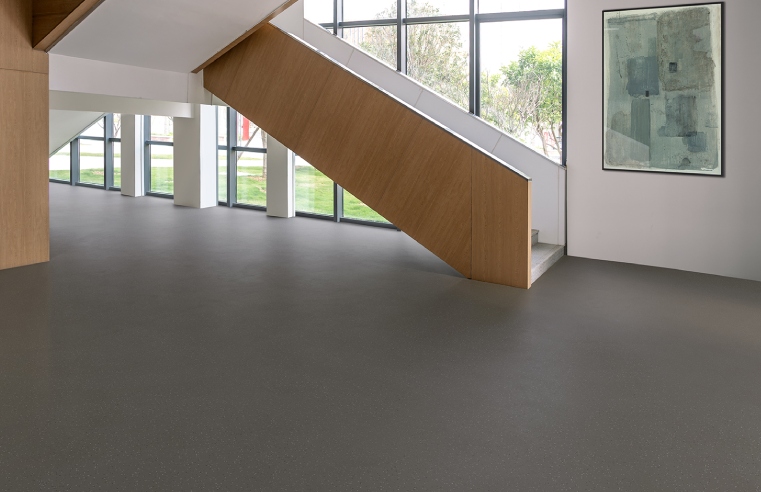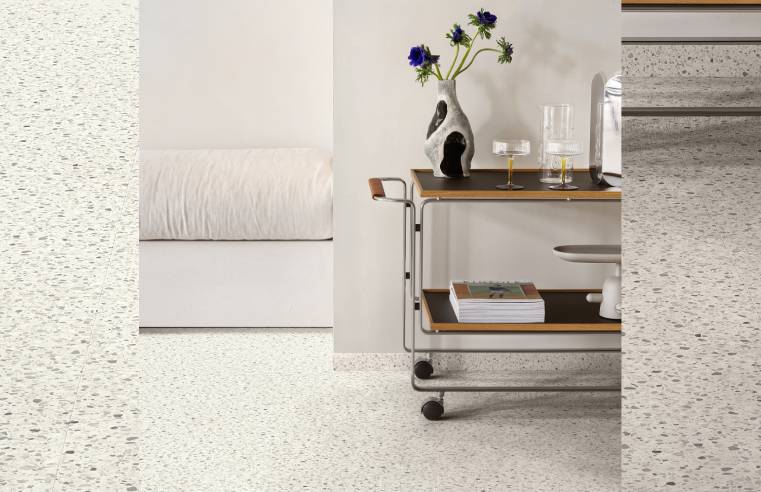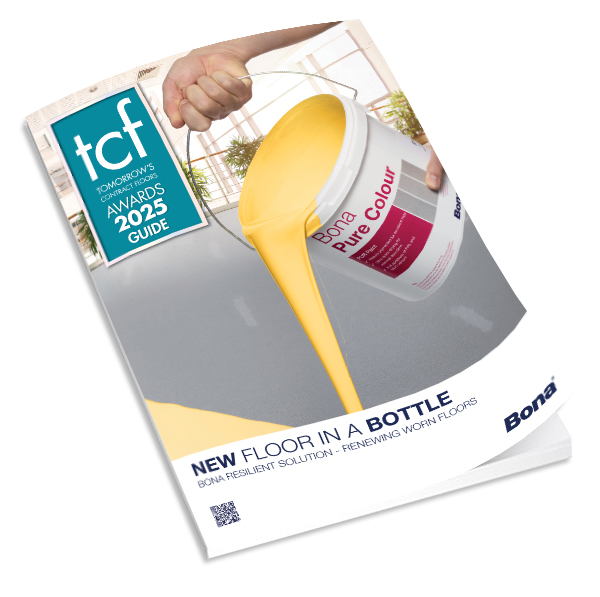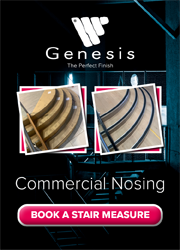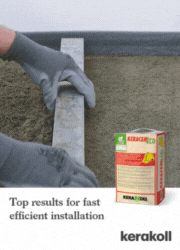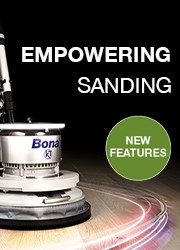As a centre of technical excellence, The Academy for Excellence in Flooring provides the knowledge and skills to overcome the challenges that can adversely affect the quality of LVT installations. With LVT susceptible to subfloor condition and the ambient environment, correct preparation and selection is a significant factor in the long-term viability of the installation.
While the catastrophic consequences of not allowing sufficient expansion gaps at perimeters with wood flooring are well known, there is less knowledge surrounding LVT floors and the issue of movement. However, during training courses at the Academy, installers learn that not paying sufficient attention to the environment can cause failure of the installation.
Lee Thompson, Procurement and Technical Manager, explains: “LVT is a great option for homes wanting the look of natural materials without the fuss, but this doesn’t mean that a professional installation is simple. While stable across a wide variety of conditions and less susceptible to moisture, LVT can still move with changes in ambient conditions and so this must be accommodated for.
“The first step to get right is correct subfloor preparation. Unlike laminate or wood, LVT becomes more pliable as temperature rises, so it will ‘settle’ into imperfections resulting in the phenomenon known as telegraphing. This equally afflicts glue-down and click LVT floors. Showing these imperfections through the finished surface is a cause of customer complaints and the only resolution is to lift the floor and remedy the subfloor – costly and entirely avoidable with correct preparation.
“Secondly, when click systems are used, LVT becomes a ‘floating’ floor and so accommodating for movement is an absolute must. Not giving sufficient room for movement means any force will be directed upwards causing the planks to bend vertically and joints to weaken ending in failure of the floor. Even with a correct expansion gap at the perimeter of the room, fixing items such as kitchen units, centre islands or doorstops directly on top prevents the floor from moving in unison, again leading to upwards pressure and failure.”
Fortunately, there are specific preparation techniques and techniques that can be used to eliminate these failures to protect the long-term integrity of your LVT installation, as well as avoiding costly remedial work. Of course, for anyone attending an LVT course at the Academy, these are revealed so you can maintain high standards in all rooms.





